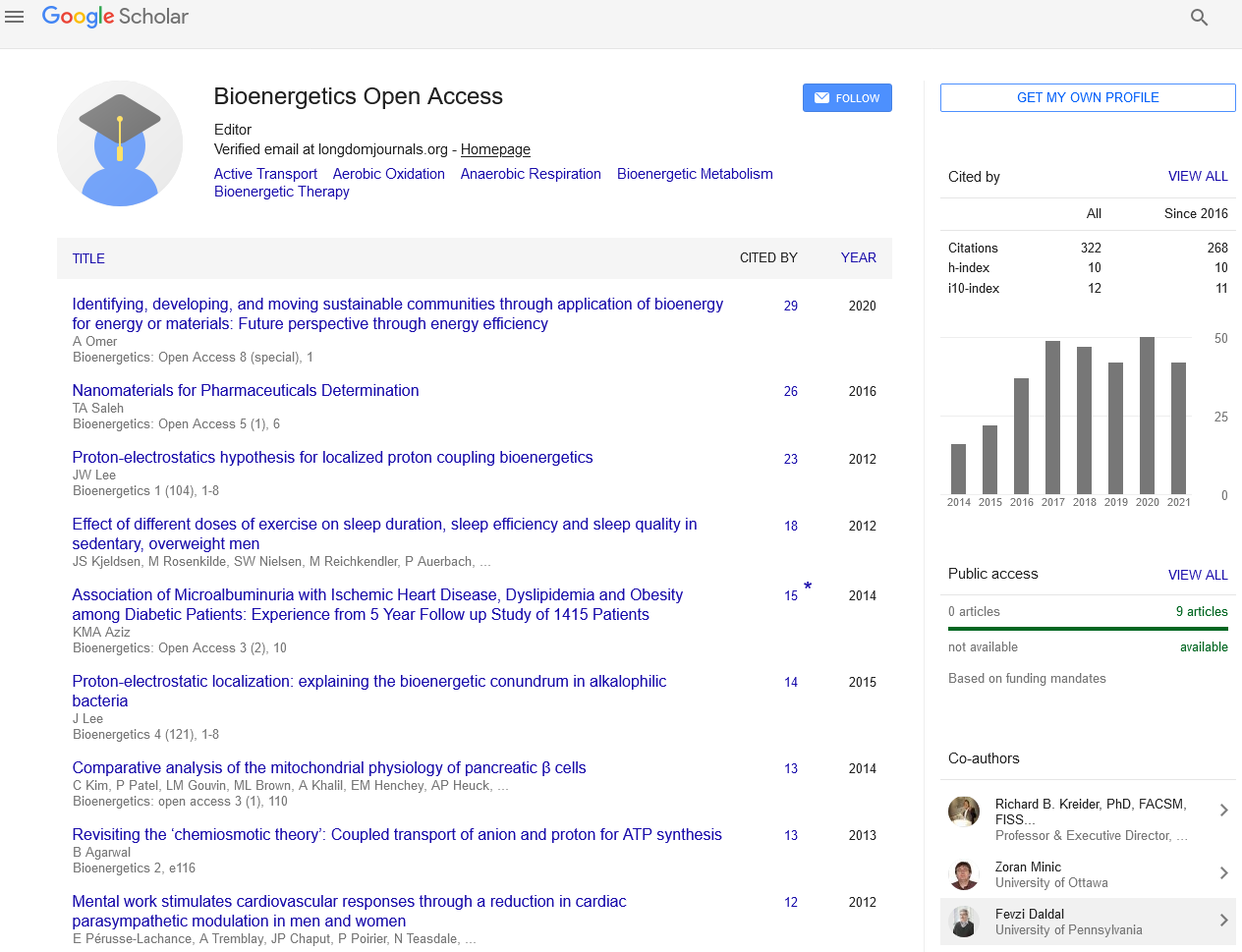Indexed In
- Open J Gate
- Genamics JournalSeek
- Academic Keys
- ResearchBible
- RefSeek
- Directory of Research Journal Indexing (DRJI)
- Hamdard University
- EBSCO A-Z
- OCLC- WorldCat
- Scholarsteer
- Publons
- Euro Pub
- Google Scholar
Useful Links
Share This Page
Journal Flyer

Open Access Journals
- Agri and Aquaculture
- Biochemistry
- Bioinformatics & Systems Biology
- Business & Management
- Chemistry
- Clinical Sciences
- Engineering
- Food & Nutrition
- General Science
- Genetics & Molecular Biology
- Immunology & Microbiology
- Medical Sciences
- Neuroscience & Psychology
- Nursing & Health Care
- Pharmaceutical Sciences
Abstract
Features of slope intrusion mesoscale eddies in the northern South China Sea
Qiu Chunhua
Some mesoscale eddies intrude over the continental slope in
the northern South China Sea (NSCS), supporting cross-shelf
matter transport. We investigated the characteristics, the intruding
tracks and formation mechanisms, of slope intrusion mesoscale
eddies using satellite altimeter data and model outputs. In
total, 36 and 22 slope intrusion anticyclonic and cyclonic eddies
(SAEs/SCEs) are found, respectively. Slope intrusion eddies
have longer lifetimes (~ 58 days), smaller size (~ 110 km),
and greater eddy kinetic energy (EKE) and vorticity compared
to ordinary eddies, but are more unstable and more easily deformed
during their life cycles. The statistical results show that
more slope intrusion eddies are generated during winter than
other seasons. It is found that slope intrusion eddies mainly
propagate west/northwestward, and southwestward along the
continental slope and shelf. Eddy intrusions occur mainly near
the Dongsha Islands, east of Hainan, and north of the Xisha
Islands. SAEs continue to propagate onshore after arrival at the
continental slope, while SCEs dissipate more quickly. Using
mooring data, we found that eddy-ambient flow interaction
could cause the differences between SAEs and SCEs around
the Dongsha Islands. Energy conversion was analyzed in these
three regions using numerical products. During intrusion, eddies
lose eddy kinetic energy and ambient flows gain energy.
Published Date: 2020-12-23; Received Date: 2020-12-09

